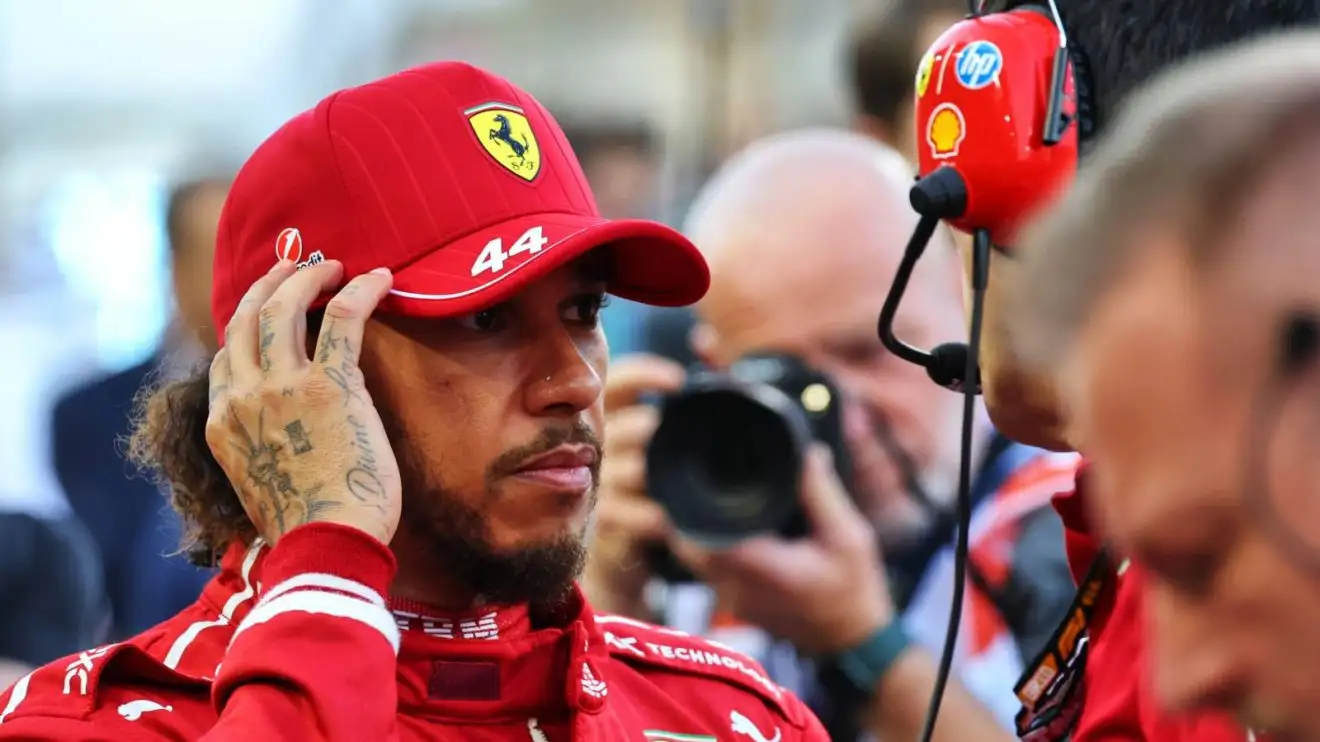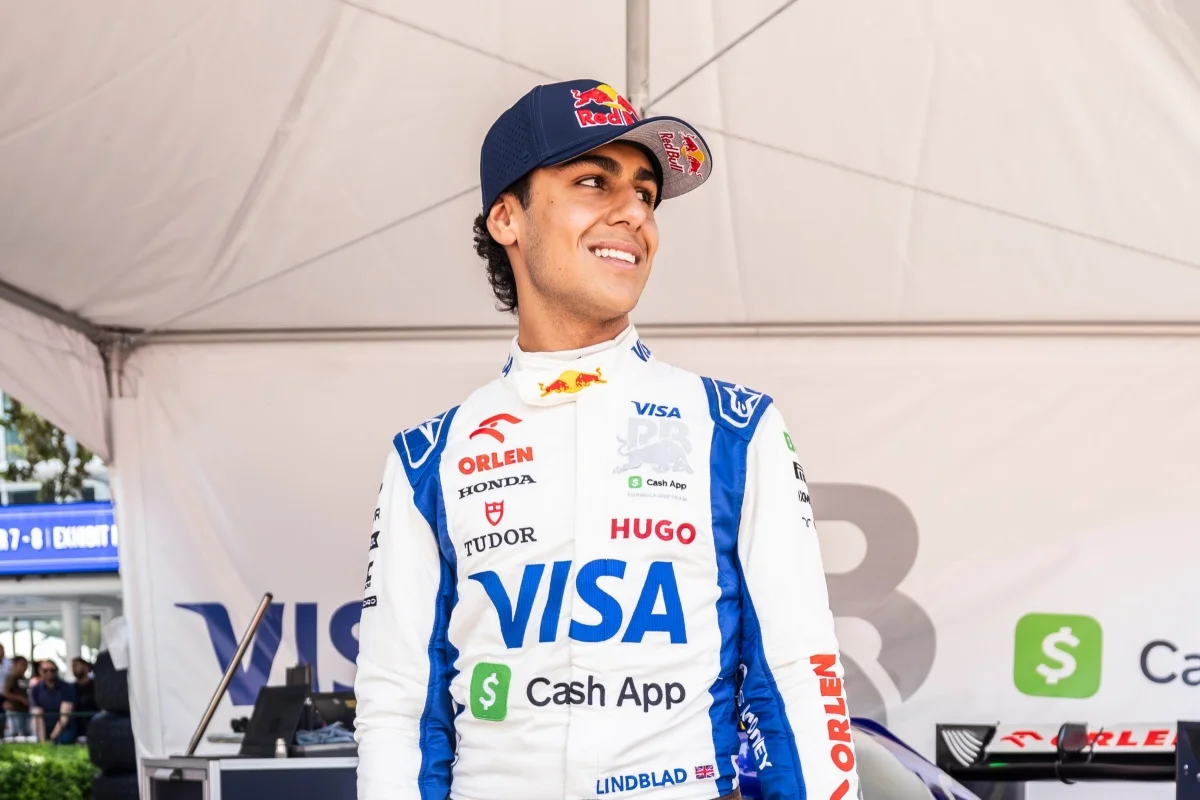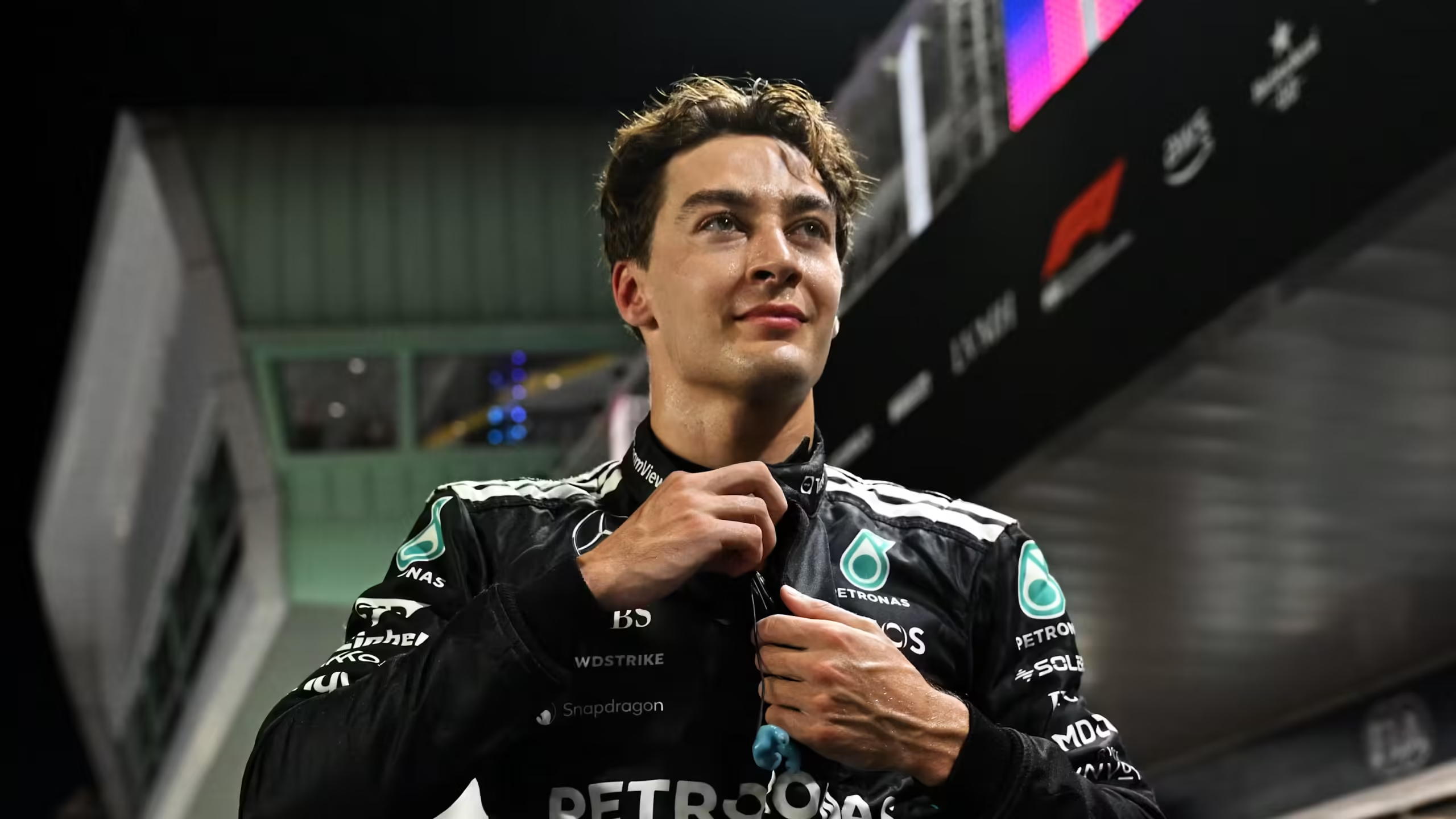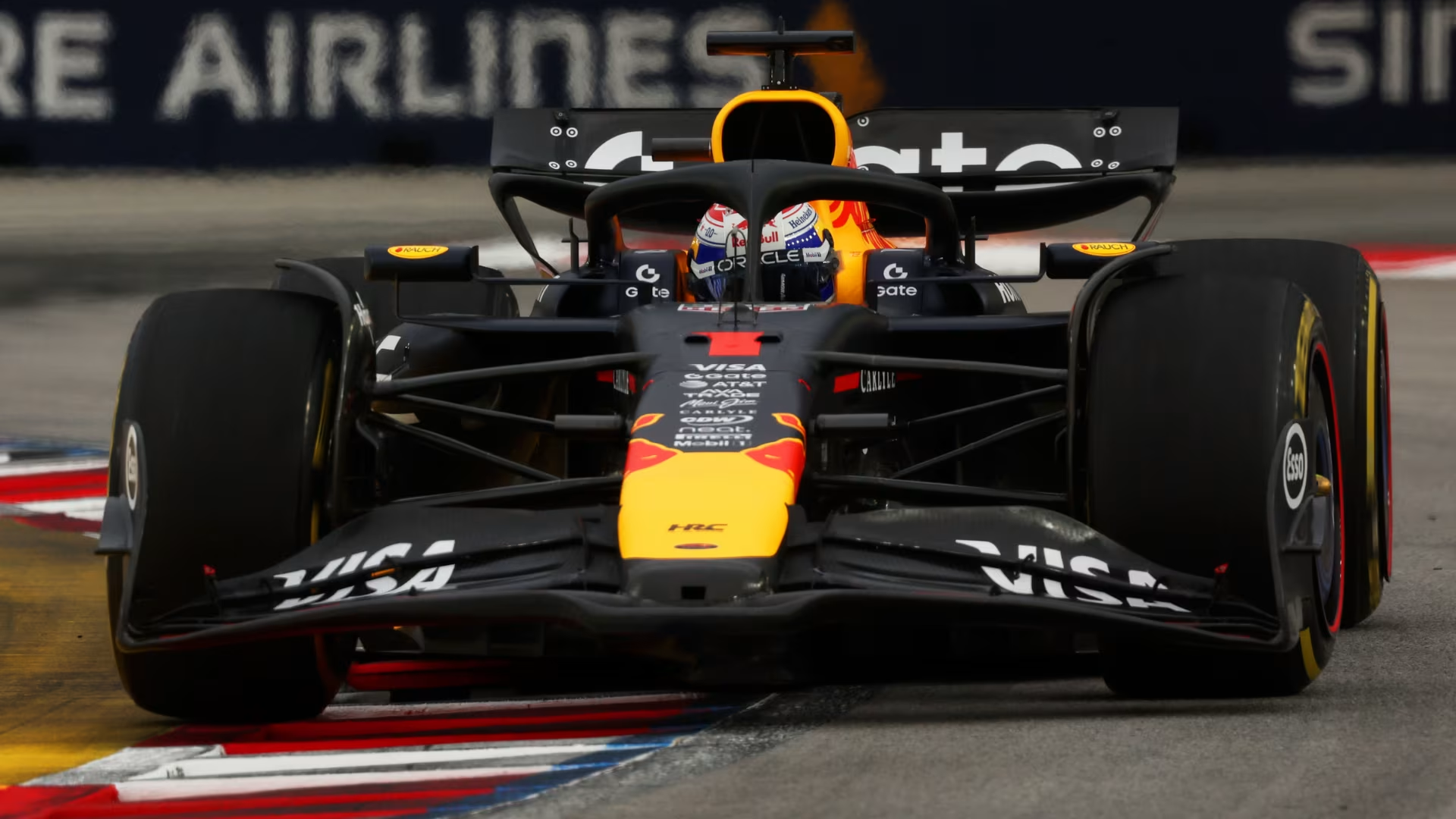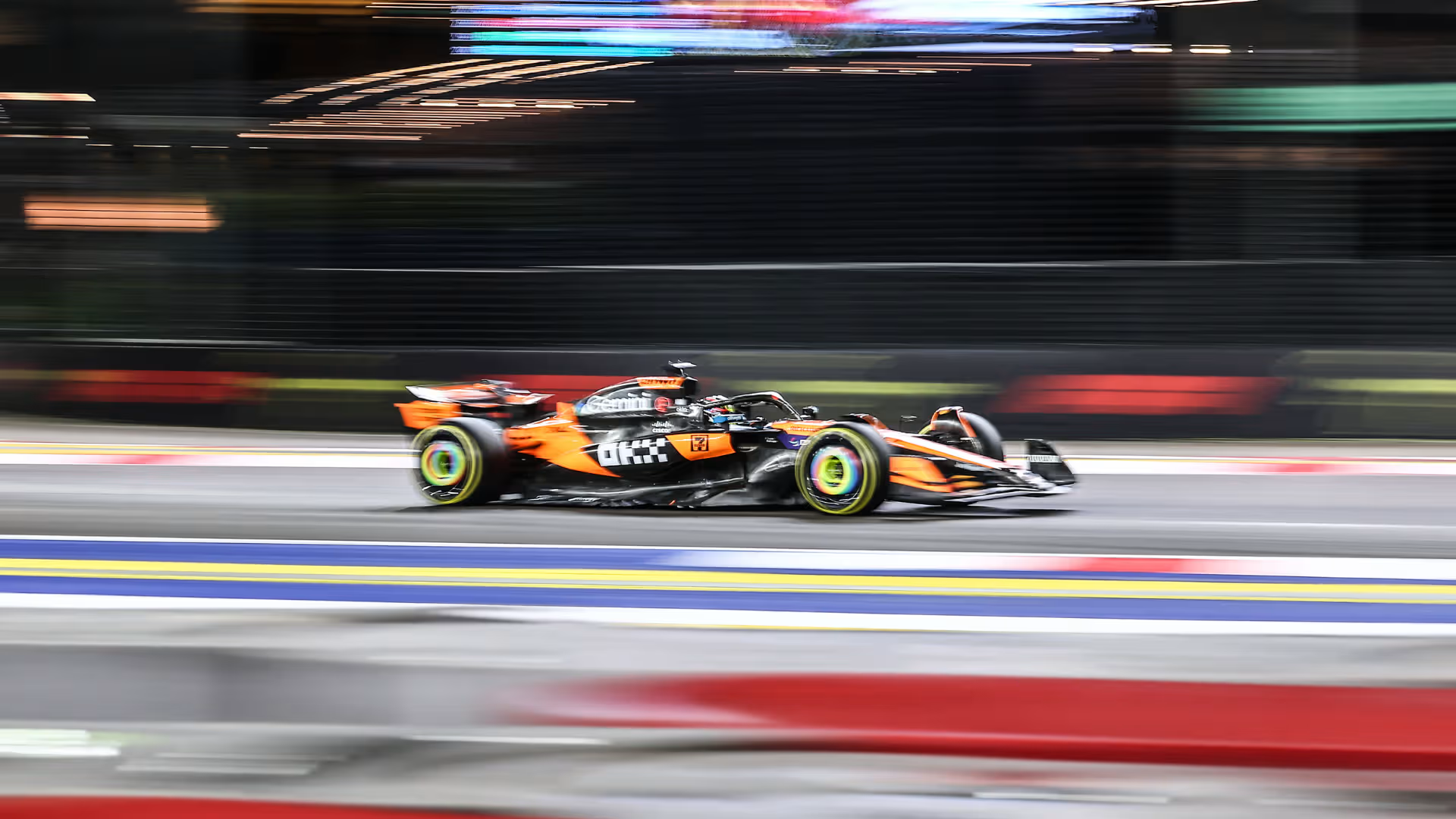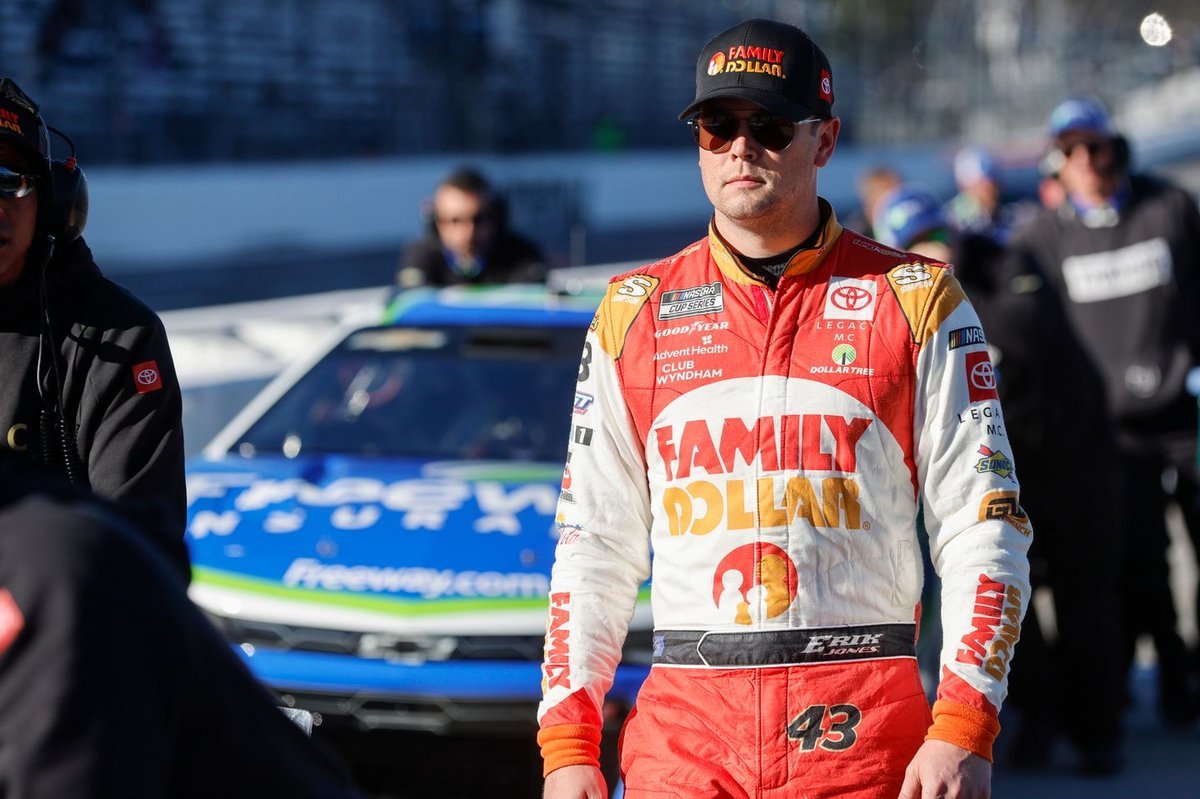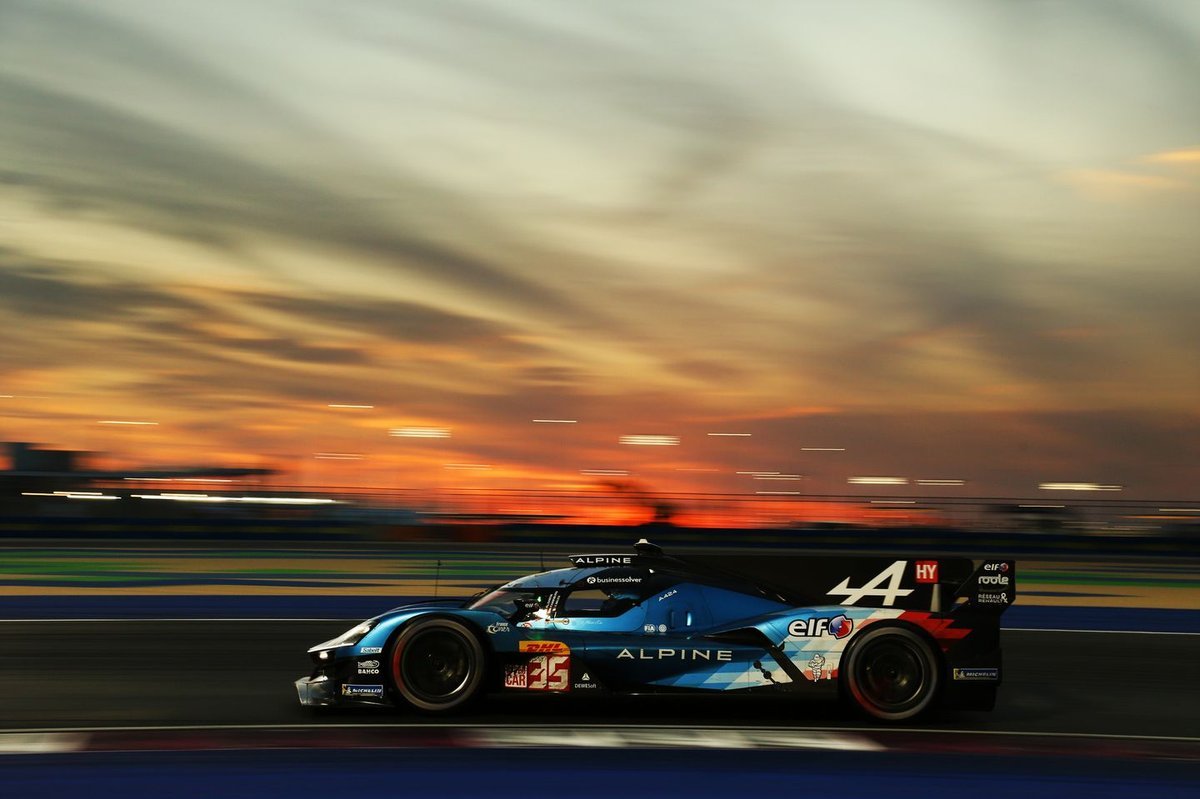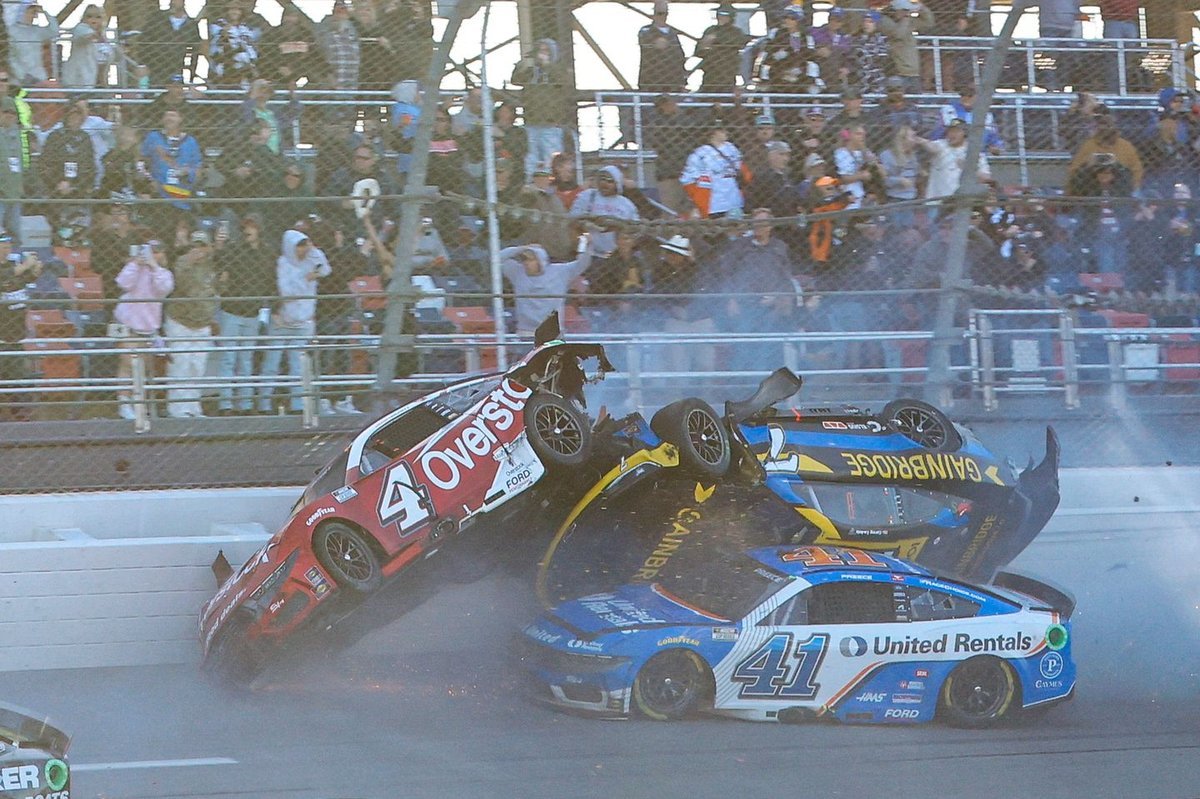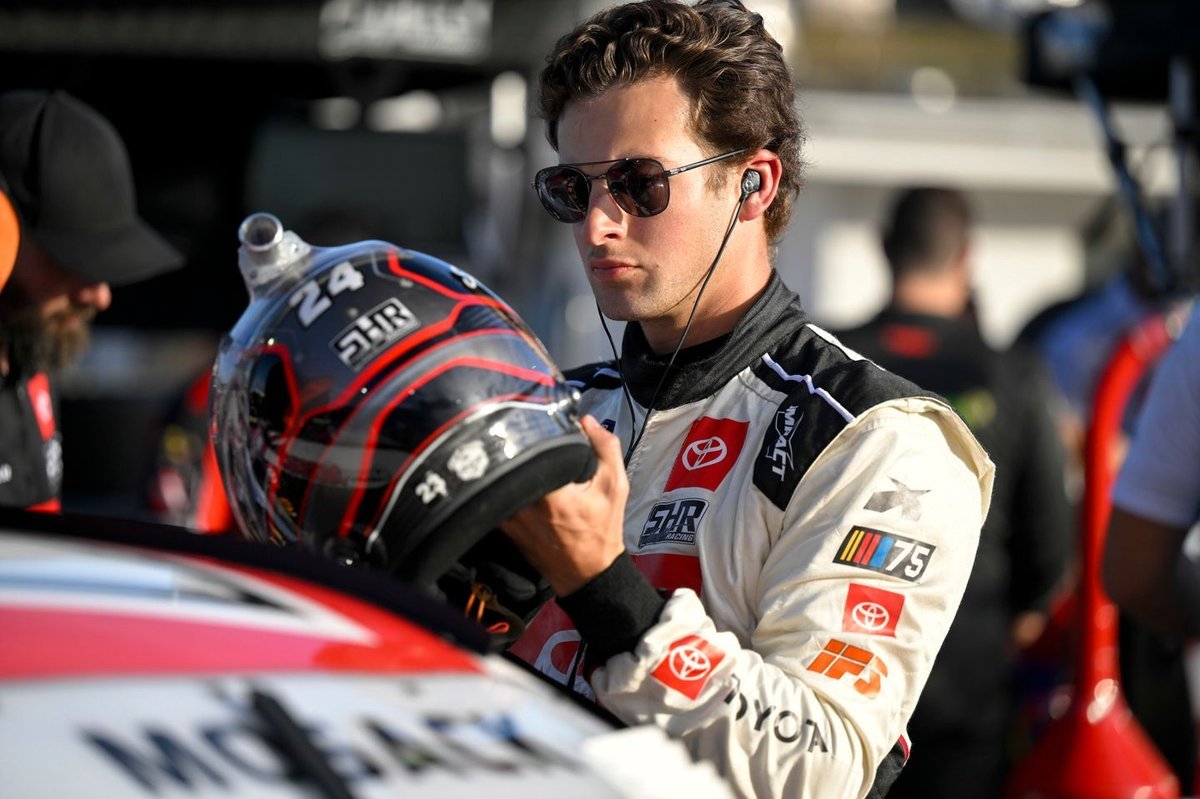
Ferrari’s 2025 vision is already coming to life, and Lewis Hamilton is at the center of it. While the seven-time world champion won’t don the scarlet red until next season, his influence has begun reshaping Maranello’s technical and strategic philosophy. The Bahrain Grand Prix of 2024 offered the first visible glimpse of this transformation—a breakthrough weekend that saw Ferrari bridging the gap to Red Bull, not by chance, but by design.
Team insiders reveal that Hamilton has been actively involved in pre-season briefings with Ferrari engineers. His in-depth feedback, based on years of Mercedes dominance, has influenced how Ferrari now interprets tyre degradation, aero balance, and rear-end stability. Bahrain, a track notorious for its high tyre wear and sensitivity to wind shifts, became the ideal proving ground for these early Hamilton-inspired changes.
Charles Leclerc Feels the Change: Ferrari’s Tyre Management Breakthrough
Charles Leclerc, Ferrari’s current talisman, acknowledged a marked improvement in tyre consistency and race pace compared to last year’s Bahrain outing. In 2023, Ferrari struggled with rear grip and thermal degradation, often fading out of contention in the latter half of races. In contrast, the 2024 Bahrain Grand Prix showcased a composed and confident Leclerc who was able to challenge Red Bull during mid-stints.
The key lies in the car’s improved mechanical balance—an area where Hamilton’s feedback has made a tangible difference. His emphasis on rear suspension compliance and reduced oscillation under traction has allowed Ferrari to unlock more consistent pace on high-degradation circuits.
Strategic Clarity and Pit Wall Precision: A Ferrari Reborn
Beyond the machinery, the Bahrain GP highlighted a much sharper Ferrari on the pit wall. Strategic decisions that would’ve faltered under pressure in 2023 were executed with precision this time around. Hamilton’s input—particularly his long-standing demand for real-time driver-pit wall synergy—is believed to have inspired a more dynamic strategy team.
Race simulations are now handled with Mercedes-style preparation levels. Ferrari has integrated simulation data with on-track conditions using a hybrid AI approach that allows quicker calls during Virtual Safety Cars and undercut windows. These operational upgrades contributed to Ferrari’s effective undercut on Sergio Perez, a move that would have been unthinkable twelve months ago.
Hamilton’s Shadow in Maranello: The Data-Driven Shift
Ferrari’s newfound clarity isn’t just philosophical—it’s deeply data-driven. Hamilton’s transition has pushed the team to adopt a more telemetry-intensive setup workflow. Race engineers now rely on Hamilton-style setup deltas, which compare multiple simulations across varying ride heights, wing levels, and mechanical differentials. Bahrain was the first true test of this system under race pressure.
The engineers were able to reconfigure Leclerc’s rear-end stability mid-weekend based on data overlays that Hamilton had used at similar circuits during his Mercedes years. These updates, implemented in FP3, translated directly into stronger exits in Sector 2—a key differentiator over Red Bull.
The Power Unit Surge: How Bahrain Marked a Step Change
Ferrari’s power unit, often criticized for inconsistency in deployment and energy recovery, delivered a notably smoother output in Sakhir. Sources indicate that Hamilton’s technical knowledge of Mercedes’ hybrid systems played a role in improving Ferrari’s energy deployment mapping.
By Bahrain, Ferrari had refined its MGU-K harvesting strategy, allowing for more aggressive deployment down the main straight while preserving battery life over race distance. This enabled the Scuderia to match Red Bull in straight-line speed for the first time since 2022.
Carlos Sainz and Leclerc Benefit from a Car Already Touched by Hamilton
Both current Ferrari drivers benefited from Hamilton’s indirect contributions. Sainz noted a “more connected” rear-end and the ability to “rotate the car with more confidence mid-corner,” especially in Turn 10 and the technical last sector. Leclerc, meanwhile, praised the car’s ability to maintain consistency over long stints—traditionally one of Ferrari’s weakest attributes in recent seasons.
This isn’t merely a performance upgrade. It’s a cultural and technical reformation, with Hamilton as its catalyst.
Looking Forward: Ferrari’s Red Renaissance
Hamilton’s Ferrari influence is already shifting perceptions within the paddock. What was once considered a stagnant and reactive operation now appears revitalized and forward-looking. Bahrain was not an isolated success—it was the foundation of a season where Ferrari plans to consistently challenge Red Bull’s supremacy.
The combination of Hamilton’s strategic foresight, technical expertise, and championship-winning mindset is setting the tone for a new Ferrari—one that not only dreams but delivers.
As Formula 1 heads to tracks like Jeddah and Melbourne, where braking stability and energy recovery will again be tested, the improvements seen in Bahrain suggest Ferrari is more than ready. With Hamilton’s influence deepening and 2025 drawing closer, Maranello’s long-awaited redemption arc may finally be underway.
Conclusion: Bahrain as the Dawn of Ferrari’s Hamilton Era
Lewis Hamilton’s legacy at Ferrari is already being written before he’s even turned a competitive lap for them. The Bahrain Grand Prix of 2024 was more than a race—it was the moment Ferrari’s intent crystallized. The Hamilton-Ferrari partnership is no longer a future promise—it’s a present-day evolution reshaping F1’s competitive hierarchy.

